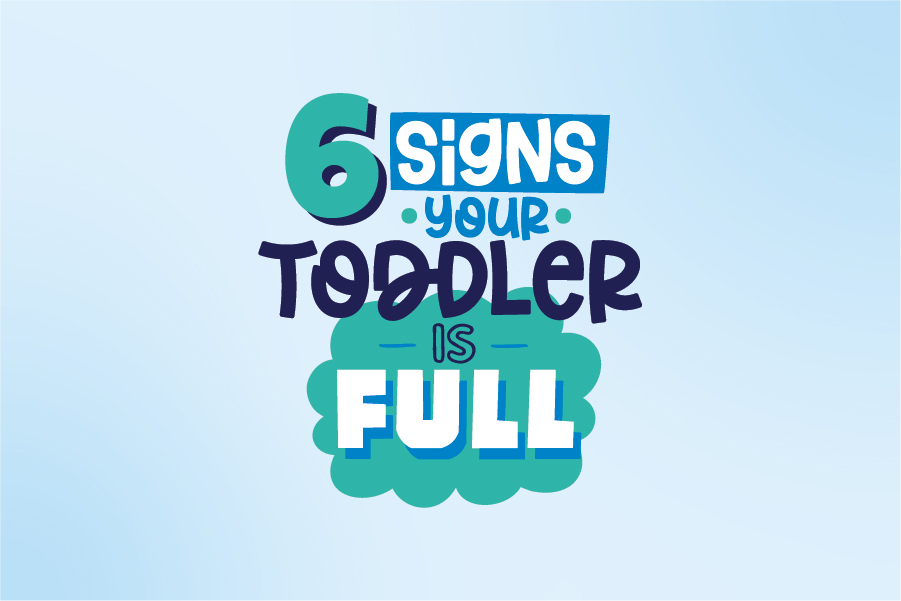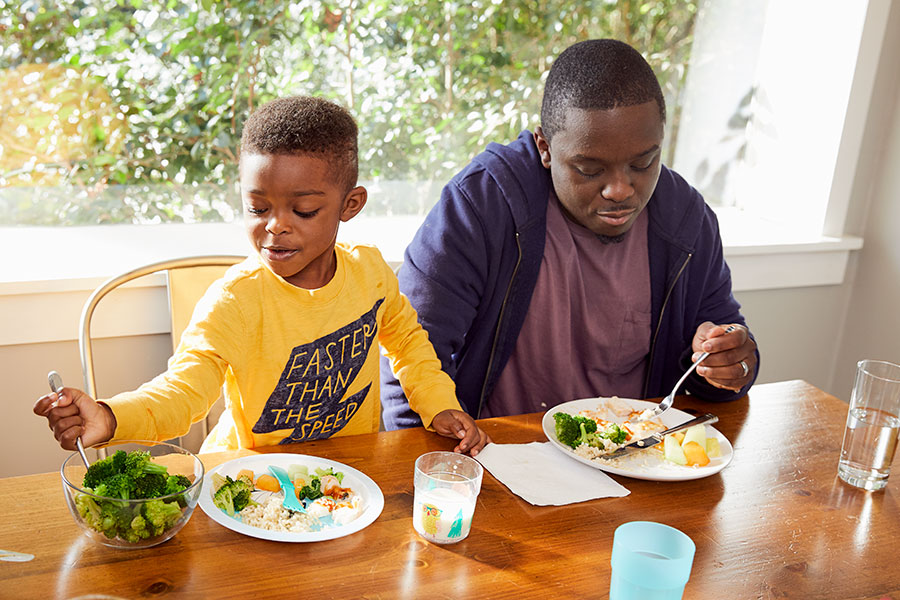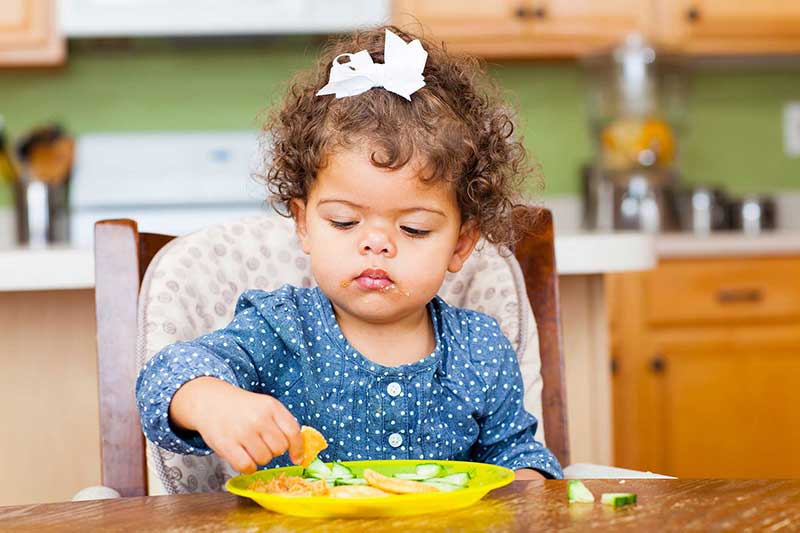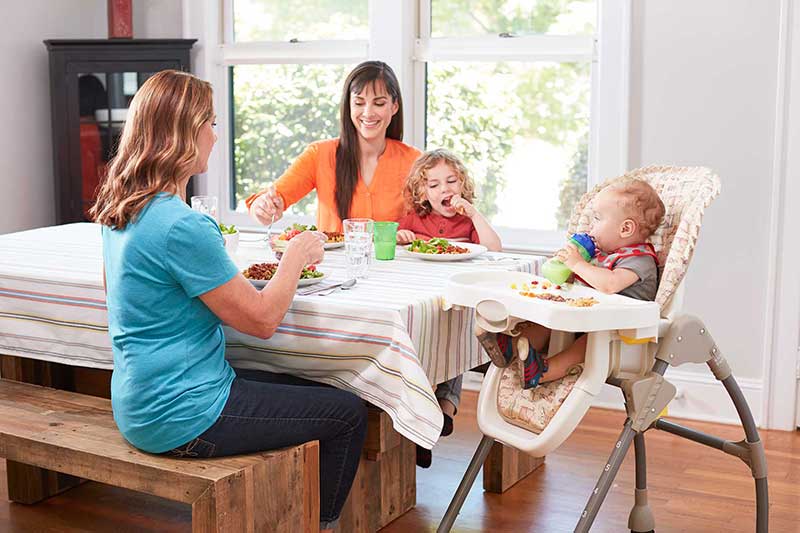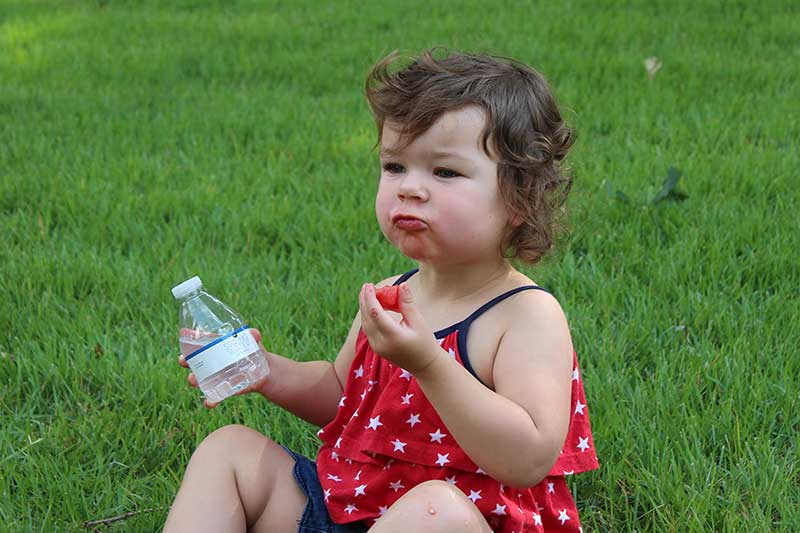5 Signs Your Toddler Is Hungry
Before toddlers have the tools to clearly communicate, or understand what they’re feeling, it can be hard for them to tell us what they need. But kids are born with natural hunger and fullness cues, so watch and listen to your toddler for signs of hunger and fullness.
There are a variety of verbal and non-verbal ways kids communicate with us. Read on for signs your toddler is hungry.
In this article:

Signs your toddler is hungry
Common ways your toddler will let you know they’re hungry:
- Reaching for (or pointing at) food.
- Getting excited when they see food.
- Using hand motions or making sounds to let you know they are still hungry.
- Using words or short sentences, such as, “Hungry”, “More”, “Please”, “Eat”.
- Showing quick changes in mood. If your child is well-rested, but is quickly going from happy to cranky, they could be hungry.
While “hanger” is something that many of us know all too well, it typically happens when someone is past the point of hunger. To avoid hanger with toddlers, offer regular meals and snacks. If they’re caught up with play, they may not pay attention to their hunger cues, because they still don’t understand their own needs. It’s OK to interrupt play, ask them to have a seat and offer them food.

Is your toddler always hungry?
Raising toddlers can feel like you’re in a constant cycle of preparing and offering meals and snacks.
If you’ve noticed a big change in your toddler’s appetite or weight, it never hurts to check in with your pediatrician to make sure everything’s OK. But if everything seems normal, ask yourself:
- Is my toddler going through a growth spurt? It’s totally normal for kids’ appetites to fluctuate during growth periods. Try to focus on more filling meals and snacks rather than adding extra snacks during the day.
- Is my child feeling well? Just like adults, the common cold, stomach bugs, ear infections, etc., can all affect your child’s appetite.
- Are my toddler’s meals and snacks filling? Aim for a balanced plate at each meal to keep kids fuller longer. Make half their plate veggies and fruit. These foods are usually high in fiber and water—keeping kids full and hydrated.
- Is my toddler thirsty? Sometimes even grown-ups can mistake thirst for hunger. Kids may get caught up in play and other activities and forget to drink water. Try to keep a water bottle or cup handy for regular water breaks.
- Is my toddler bored? Are they roaming the house looking for food after they recently ate? Keep your toddler playfully engaged until the next snack or meal so they aren’t eating out of boredom. Remember, your role as the caregiver is to provide when food should be offered.
Toddler nutrition pro tips: The best way to help your toddler navigate hunger and fullness is to stick with a regular meal and snack schedule. You can also talk with them about hunger and fullness cues.

How to talk to toddlers about hunger and fullness cues
You can talk about how their belly feels when it is empty and full. For example, try asking:
- How does your belly feel?
- Is your tummy growling like a tiger, wanting to eat food?
- Has your belly had enough to eat?
- Does your belly want more food?
Asking how a specific part of the body feels (in this case, the stomach) helps children understand which part of their body they should listen to for feelings of hunger and fullness. As your child starts to understand their body and feelings, you can start asking general questions like, “Have you had enough to eat?”
It can take some time for the feeling of fullness to register. So it’s OK if your child asks for a second helping of food and then decides they don’t actually want to eat more when it’s on their plate. This is completely normal. Trust your child’s hunger and fullness cues as they are learning to navigate them.
